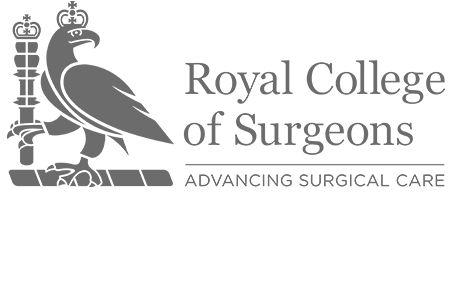Lumbar spinal stenosis
As part of the natural ageing process, there is narrowing of the spinal canal and thus a reduction in the space available for the lumbar spinal nerves. These changes are due to a combination of a reduction in lumbar disc height, arthritic changes with enlargement of the facet joints, and thickening of the ligaments and tissues surrounding the neural structures.
Patients report a gradual onset of back, buttock, thigh and calf pain in the areas supplied by the affected nerves. Patients may also report numbness, heaviness or weakness, and the symptoms may be in one or both legs. Prolonged walking or standing may exacerbate symptoms and patients report a reduction in walking distance as they become limited by pain. Flexion of the spine increases the spinal canal dimensions and can relieve these symptoms. As a result patients may find that they subconsciously adopt a stooped posture or lean forwards on a shopping trolley. Changes in urinary function are rare.
The symptoms of spinal stenosis can be seen in other conditions including hip arthritis, peripheral neuropathy and vascular insufficiency and these conditions need to be excluded as part of the assessment and investigations.
The non-operative treatment options include analgesia medication, physiotherapy, general fitness exercises and selective nerve root blocks. If symptoms are severe, and non-operative measures are unsuccessful – surgery can be performed to create more space for the lumbar nerves with either a decompression or a decompression with an instrumented fusion.




